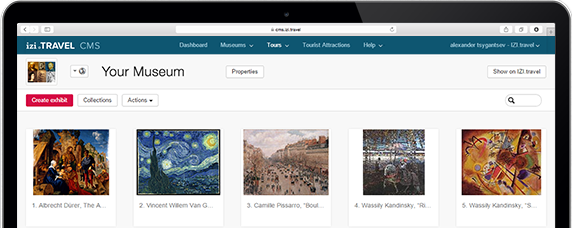Audio tour Hospitalet and the Democratic memory
- Download the app
- iOS
- Android
- Windows Phone
Welcome to the headquarters of the Museum of L'Hospitalet; the House of Spain.
Casa Espanya is a 16th century building then owned by the Llunell and Molines families. After successive marriages, the house became the property of the Spain family. At the end of the sixties of the s. XX, the City Council of L'Hospitalet acquired it to host the city's history museum. In 1975 it was declared a Cultural Property of National Interest. It currently houses exhibitions and museum services.
The mission of the Museum is to manage, preserve and disseminate the cultural and material heritage of Hospitalet de Llobregat, to show the reality of the city and highlight its cultural values of yesterday, today and tomorrow; strengthen local identity, the sense of community and contribute to the social cohesion of L'Hospitalet and its neighbourhoods.
In this audio guide you will find the route to follow in order to visit the exhibition on the democratic memory of l'Hospitalet located on the second floor of the house.
To start the exhibition itinerary, go to the screen you will find on the left side of the panel called 'Network of Memory Spaces of Catalonia'.
Then the audiovisual L’Hospitalet of the 20th century will give way. The subjugated city: The black night of Francoism (1939-1979) where you will see a collection of photographs ranging from what Casa de l'Harmonia looked like in the Franco era to the transformation of the streets and establishments of L'Hospitalet in throughout the 50s, 60s and 70s, and also images of important figures in the history of the city such as Quico Sabaté or a fragment of the video 'The voices of memory' with oral testimonies and, in the last part, a collection of photographs on the first demonstrations corresponding to the stage of the democratic transition.
Tour stops
-
Start of the itinerary
-
To know more... (1)
-
To know more... (2)
-
To know more... (3)
-
The network of Memory Sites
-
L'Hospitalet of the 20th century
-
The demographic and urbanistic growth
-
Economic and industrial development
-
L'Hospitalet industrial past
-
Can Trinxet
-
Political and social evolution until the proclamation of the Republic
-
CNT and anarcho-syndicalism
-
Object figure of 'The Republic'
-
The years of the Republic
-
Bad press
-
Escola Moderna of La Torrassa
-
Portrait of Francesc Macià
-
The Civir War
-
Pepita Laguarda Batet
-
Antoni Blanc Latorre
-
Map of the city of L'Hospitalet
-
Showcase object: The commissaries
-
The subjugated city: the dark night of Francoism
-
The demographic and urban growth
-
The Gornal polygon
-
The economic and social development
-
Political and social structure and municipal power
-
The deaths in the Camp de la Bota
-
The 'Desarrollismo'
-
The political and social reports
-
José Matías de España
-
Vicente Capdevila Cardona
-
The first democratic City Councils: The people enter the city hall
-
The social and political resistance
-
Religion and Francoism
-
The power of the associative world
-
Marble plaque
-
Neighborhood movements
-
Franco symbology in l'Hospitalet
-
The wall in plaça Guernica
-
To finish...
Reviews
Download the free izi.TRAVEL app
Create your own audio tours!
Use of the system and the mobile guide app is free


